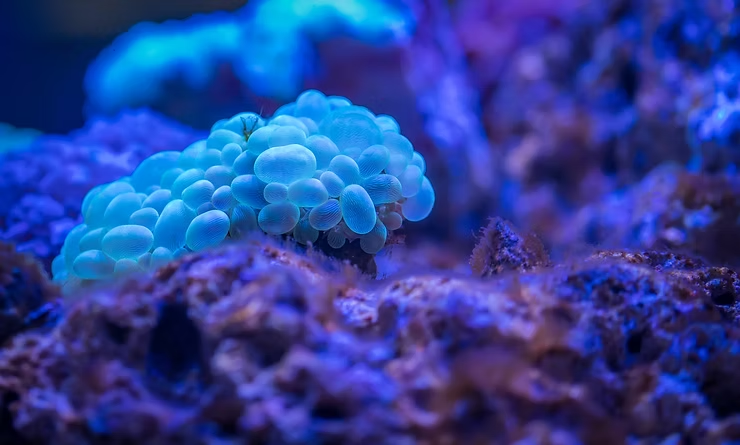Ocean Acidification and Phytoplankton
Ocean acidification, caused by rising carbon dioxide (CO2) emissions and absorption by seawater, poses a significant threat to marine ecosystems. Phytoplankton, a foundational group in the oceanic food web and global carbon cycle, are particularly affected.
Reduced Calcification
Many phytoplankton species, such as coccolithophores and foraminifera, rely on calcium carbonate to form shells or skeletons. Increased acidity makes calcification more difficult, leading to slower growth, smaller size, and greater vulnerability to predation. These changes reduce the overall abundance and diversity of phytoplankton species.
Disrupted Growth and Reproduction
Ocean acidification affects phytoplankton physiology, including photosynthesis and nutrient uptake. Acidic conditions can alter the availability and utilization of essential nutrients like nitrate, phosphate, and iron, resulting in decreased productivity and potential shifts in community structure.
Shifts in Species Composition
Different phytoplankton species respond differently to acidification. While diatoms may thrive under elevated CO2 levels, species such as coccolithophores and certain dinoflagellates are more vulnerable and may decline. Such shifts can have cascading effects throughout the marine food web.
Altered Trophic Interactions
As the base of the marine food web, phytoplankton are primary food for zooplankton and other grazers. Changes in abundance and composition can disrupt these interactions, affecting the availability and quality of food for higher trophic levels, including fish, marine mammals, and seabirds.
Implications for Carbon Sequestration
Phytoplankton contribute to carbon sequestration by taking up CO2 through photosynthesis and transporting organic matter to deeper waters. Ocean acidification may reduce this capacity, diminishing the ocean’s ability to mitigate climate change.
Feedback on Ocean Acidification
Phytoplankton play a role in the carbonate buffering system that regulates ocean pH. Changes in their populations can weaken this buffering capacity, potentially intensifying acidification and creating a positive feedback loop that challenges marine organisms.
Addressing the Impacts
To mitigate acidification effects on phytoplankton, it is essential to reduce CO2 emissions and adopt sustainable climate practices. Research and monitoring programs should assess species-specific responses, identify at-risk communities, and inform ecosystem-based management approaches to preserve marine ecosystem health and function.

